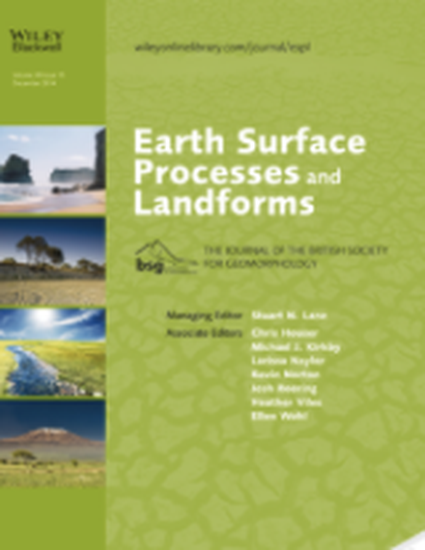
Article
Crew variability in topographic surveys for monitoring wadeable streams: a case study from the Columbia River Basin
Earth Surface Processes and Landforms
(2014)
Abstract
Digital elevation models (DEMs) derived from ground-based topographic surveys have become ubiquitous in the field of fluvial geomorphology. Their wide application in spatially explicit analysis includes hydraulic modeling, habitat modeling, and morphological sediment budgeting. However, there is a lack of understanding regarding the repeatability and precision of DEMs derived from ground-based surveys conducted by different, and inherently subjective, observers. This is of particular concern when we consider the proportion of studies and monitoring programs that are implemented across multiple sites and over time by different observers. We used a case study from the Columbia Habitat Monitoring Program (CHaMP), where seven field crews sampled the same six sites, to quantify the magnitude and effect of observer variability on DEMs interpolated from total station surveys. We quantified the degree to which DEM-derived metrics and measured geomorphic change were repeatable.
Keywords
- DEM;geomorphic change detection;total station;precision;observer variability
Disciplines
Publication Date
2014
DOI
https://doi.org/10.1002/esp.3600
Citation Information
Joseph M. Wheaton. "Crew variability in topographic surveys for monitoring wadeable streams: a case study from the Columbia River Basin" Earth Surface Processes and Landforms Vol. 39 Iss. 15 (2014) p. 2070 - 2086 Available at: http://works.bepress.com/joseph_wheaton/66/
